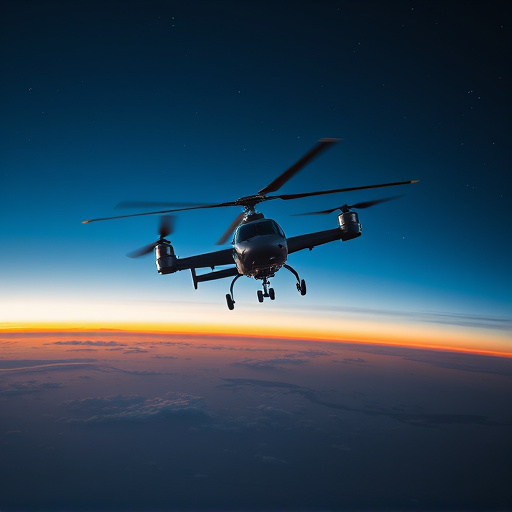California's top aerospace engineering schools (Caltech, USC, Stanford) offer rigorous programs focused on various specializations like aeronautics and spacecraft systems. These institutions blend theoretical knowledge with practical applications through lab work and industry partnerships. Students should align academic choices with interests, plan financially for tuition and aid, and engage in aviation-related extracurriculars to strengthen university applications.
California, a global hub for innovation and technology, boasts some of the top Aerospace engineering schools in the world. This article explores the competitive yet rewarding landscape of aerospace education in the Golden State. We’ll delve into the leading institutions, their unique program specializations, and the study patterns that shape future aviators, engineers, and space explorers. Furthermore, we provide key considerations for prospective students navigating this dynamic academic environment.
- Top Aerospace Schools in California
- Study Pattern and Program Specializations
- Key Considerations for Students
Top Aerospace Schools in California

California is home to some of the top aerospace engineering schools in the nation, offering cutting-edge programs and opportunities for students passionate about aviation and space exploration. Institutions like California Institute of Technology (Caltech), University of Southern California (USC), and Stanford University stand out for their rigorous academic curriculum, state-of-the-art research facilities, and close connections to the thriving aerospace industry in the state.
At Caltech, students can major in Aerospace Engineering or Aeronautics, benefiting from a highly interdisciplinary approach that combines advanced math, physics, and design principles. USC’s Viterbi School of Engineering boasts a renowned Aerospace and Mechanical Engineering program, known for its innovative courses on flight dynamics, spacecraft systems, and advanced manufacturing techniques. Stanford offers a versatile Master’s program in Aerospace Science and Technology, attracting students with its flexible curriculum and focus on both fundamental theories and practical applications, reflecting the diverse research interests of its faculty and industry partnerships.
Study Pattern and Program Specializations

In California’s vibrant aerospace sector, students have a wide array of study patterns and program specializations to choose from. Many universities offer both undergraduate and graduate degrees with a focus on various aspects of aerospace engineering, including aeronautics, astronautics, space systems, and aviation safety. The typical study pattern involves a combination of classroom instruction, laboratory work, and hands-on projects. Students often begin with foundational courses in physics, mathematics, and engineering principles before delving into specialized topics such as aircraft design, propulsion systems, and satellite communications.
Specializations cater to diverse career paths within the aerospace industry. For instance, students interested in aeronautical engineering might focus on flight dynamics, control systems, or aviation maintenance. Those leaning towards space exploration could specialize in orbital mechanics, spacecraft design, or planetary science. This flexibility ensures that students are well-prepared for specific roles in California’s thriving aerospace companies, contributing to the state’s reputation as a global leader in innovation and technology.
Key Considerations for Students

When considering aerospace studies in California, students should start by evaluating their academic interests and career goals. The state boasts renowned institutions offering specialized programs, from aircraft maintenance to astronautical engineering. Students must align their choices with their passions—whether it’s designing cutting-edge aircraft or managing complex aviation operations. Understanding the curriculum and industry requirements is vital; many programs incorporate co-op placements or internships, providing hands-on experience in a competitive market.
Additionally, financial planning plays a significant role. California’s aerospace schools offer diverse scholarship opportunities and financial aid packages, but students should explore these options early. Researching tuition fees, living expenses, and potential student loans is essential to ensure a smooth transition into higher education. Students can enhance their applications by engaging in extracurricular activities related to aviation or aerospace, demonstrating their commitment and passion to prospective universities.
California’s aerospace educational landscape offers a diverse range of options, catering to students aspiring to contribute to the state’s thriving aviation and space industries. By understanding the specialized programs and unique considerations these schools offer, prospective aerospace engineers can make informed decisions to shape their future in this dynamic field. This comprehensive guide highlights the key aspects to ensure students embark on a rewarding educational journey.
